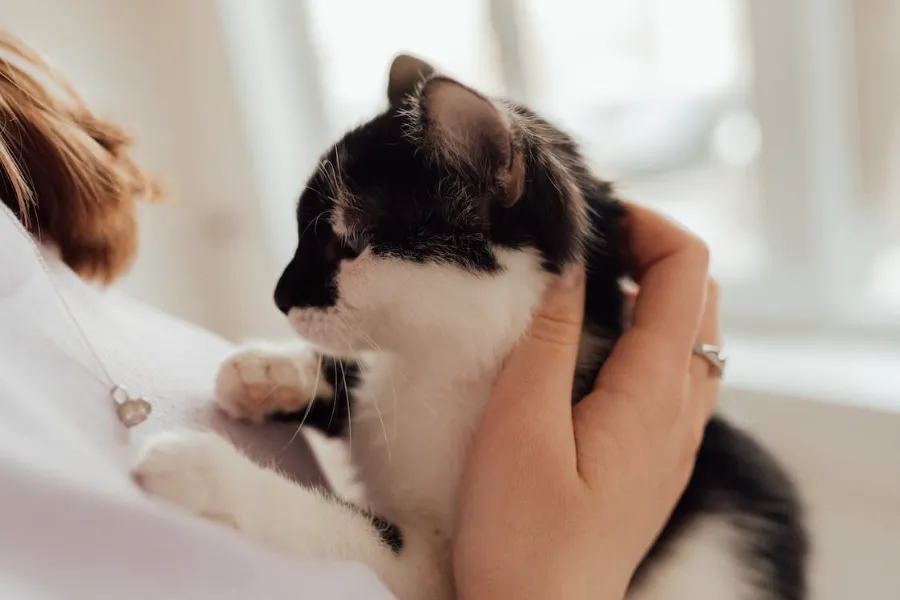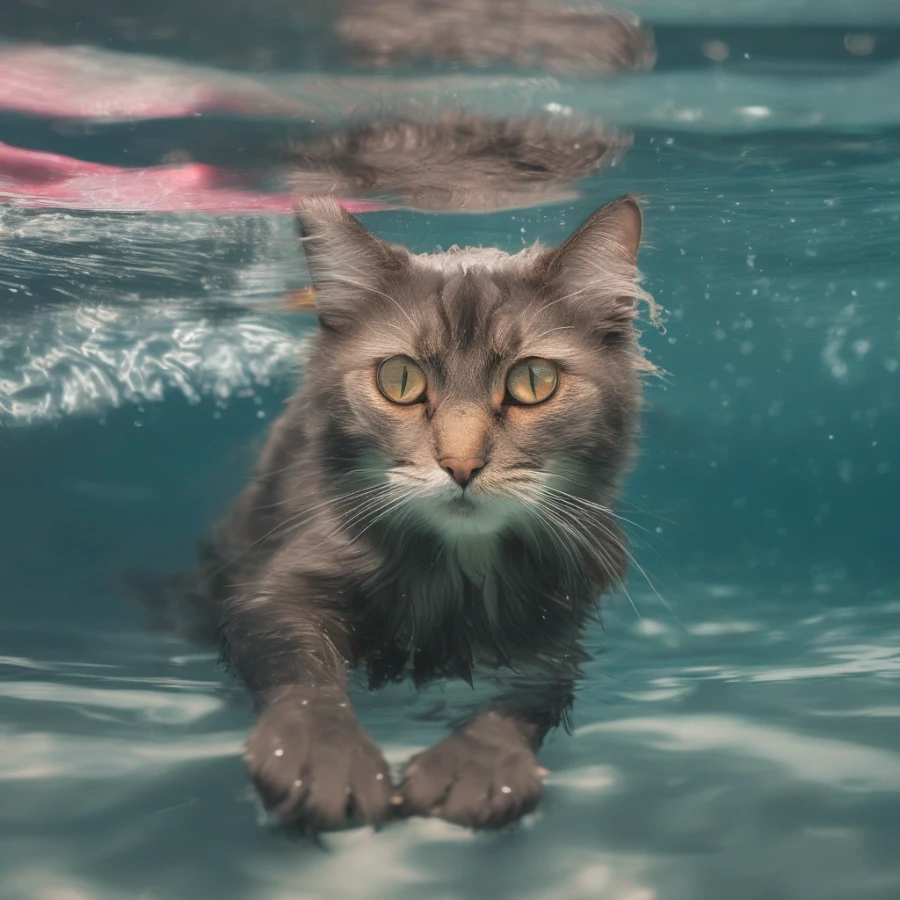Understanding Feline Separation Anxiety: Expert Insights and Strategies

Published by: Tatsiana Korshik
Time to Read: 3 Min

In the realm of pet companionship, cats have carved out their special place as independent and mysterious creatures. However, much like their canine counterparts, cats can also experience emotions that we might not always readily associate with them. One such emotion is separation anxiety. While it's a well-known issue in dogs, many cat owners might wonder: Do cats get separation anxiety just like dogs do? In this comprehensive guide, we'll delve into the world of feline separation anxiety, exploring its signs, causes, and effective strategies to help your beloved feline friend overcome it.
Understanding Separation Anxiety in Dogs: An overview of separation anxiety in dogs and its common manifestations.
The Enigma of Feline Behavior: Exploring the perception of cats as independent creatures and the notion of emotions such as anxiety in them.
Emerging Insights: Recent research and studies that suggest cats can indeed experience separation anxiety.
Unusual Behavior Patterns: Detailing behaviors such as excessive vocalization, destructive tendencies, inappropriate elimination, and over-attachment.
Physical Indicators: How stress can manifest physically in cats and what to look for.
Distinguishing from Other Issues: Differentiating between separation anxiety and medical conditions or environmental stressors.
Social Evolution of Cats: Explaining the evolutionary history of cats and their relationship with humans.
Sudden Changes: How changes in routine, environment, or family dynamics can trigger separation anxiety.
Early Socialization: The role of early life experiences in shaping a cat's ability to handle being alone.
Gradual Desensitization: The process of slowly acclimatizing your cat to periods of alone time.
Interactive Enrichment: Using toys, puzzles, and activities to engage your cat's mind during solo hours.
Safe Spaces: Creating a secure and comforting environment for your cat to retreat to.
Behavioral Modification Techniques: Techniques like counterconditioning to change your cat's association with your departures.
Professional Help: When and how to seek assistance from a veterinarian or animal behaviorist.
Conclusion
While cats have long been known for their independence, it's becoming increasingly clear that they, too, can experience separation anxiety. As responsible and compassionate cat owners, it's our duty to recognize and address this issue with patience and dedication. By understanding the signs, causes, and effective strategies outlined in this guide, you can play a pivotal role in helping your beloved feline friend overcome separation anxiety and lead a happier, more contented life.
Do Cats Get Separation Anxiety Just Like Dogs?
In this section, we'll address the question that many cat owners have on their minds. We'll explore the concept of separation anxiety in both cats and dogs, highlighting the similarities and differences between the two.Understanding Separation Anxiety in Dogs: An overview of separation anxiety in dogs and its common manifestations.
The Enigma of Feline Behavior: Exploring the perception of cats as independent creatures and the notion of emotions such as anxiety in them.
Emerging Insights: Recent research and studies that suggest cats can indeed experience separation anxiety.
How Do I Tell If My Cat Has Separation Anxiety?
Recognizing separation anxiety in cats can be a challenging task due to their unique behaviors. This section will provide guidance on identifying potential signs of separation anxiety in your feline companion.Unusual Behavior Patterns: Detailing behaviors such as excessive vocalization, destructive tendencies, inappropriate elimination, and over-attachment.
Physical Indicators: How stress can manifest physically in cats and what to look for.
Distinguishing from Other Issues: Differentiating between separation anxiety and medical conditions or environmental stressors.
Why Does My Cat Have Separation Anxiety?
Understanding the underlying causes of feline separation anxiety is crucial to addressing the issue effectively. This section will explore the factors that contribute to your cat's anxiety when left alone.Social Evolution of Cats: Explaining the evolutionary history of cats and their relationship with humans.
Sudden Changes: How changes in routine, environment, or family dynamics can trigger separation anxiety.
Early Socialization: The role of early life experiences in shaping a cat's ability to handle being alone.
How to Stop Separation Anxiety in Cats
Armed with knowledge about feline separation anxiety and its causes, this section will provide actionable strategies and expert tips to help your cat overcome anxiety when left alone.Gradual Desensitization: The process of slowly acclimatizing your cat to periods of alone time.
Interactive Enrichment: Using toys, puzzles, and activities to engage your cat's mind during solo hours.
Safe Spaces: Creating a secure and comforting environment for your cat to retreat to.
Behavioral Modification Techniques: Techniques like counterconditioning to change your cat's association with your departures.
Professional Help: When and how to seek assistance from a veterinarian or animal behaviorist.
Conclusion
While cats have long been known for their independence, it's becoming increasingly clear that they, too, can experience separation anxiety. As responsible and compassionate cat owners, it's our duty to recognize and address this issue with patience and dedication. By understanding the signs, causes, and effective strategies outlined in this guide, you can play a pivotal role in helping your beloved feline friend overcome separation anxiety and lead a happier, more contented life.



